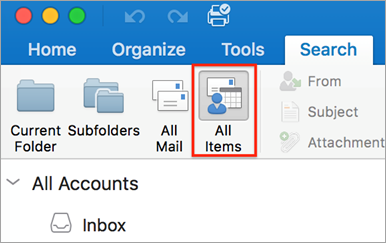Search Results For How To Check For Mac
Microsoft Office updates for the Mac fix critical issues and improve security. If you are having problems with any Office program, the first solution is to check for and install updates. How to Check for Updates. Open MS Word (or any Office program), click on the Help menu, and choose Check for Updates. In the Microsoft Auto Update window, select Automatically check for updates weekly, then click Check for Updates.

Search Results For How To Check For Mac Free

This window will show the latest update (or updates). There may be several updates to install. How to Install Updates. Welcome to the Update Installer: click Continue. License Agreement: click Continue. Terms of Service: click Agree.
Select a destination: click Continue. Standard install: click Install. Close open applications: click Close Applications and Install.
You will be prompted to save any unsaved documents. Trust 3400t driver for mac. Type your password to allow the installation. Note: this is your login password for your Mac. The software will install. Click Close at the end of the installation.
Search Results For How To Check For Mac Folder
Note: there may be more updates; repeat the installation process from step 1.
You may find that the search function inside Apple Mail is not working after upgrading to El Capitan. You may also be experiencing incomplete results when searching inside Mail. Here are the Top 3 things to try in order to get the Mac Mail search function working again in El Capitan.
These instructions can be followed for other versions of OSX and should work but as new versions of OSX are rolled out the locations may change. Ensure your Mac is on the Latest Version To check if your Mac has all the latest updates installed:. Click on the Launchpad Icon in the dock. Type App and click on App Store.
Click on the Updates Button up the top right. Wait a minute for your Mac to finish checking for updates and click on Update or Update All to install the latest updates. Rebuild the Spotlight Index. Click on System Preferences in the dock. Click on Spotlight.
Click on the Privacy Tab. Click on the + down the bottom and select your OSX disk What this will do is disable indexing in Spotlight for your computer. Wait a couple of minutes and then remove your OSX disk out of the privacy options. Open up Spotlight and start typing something – you will see that Spotlight is reindexing your computer – this could take a while. Delete the Envelope Index Files in Your Mac Library. Quit Mail.

Go to your home Library folder, hold down the Option key, then in the Finder choose Go Library. In /Library/Mail/V3/MailData, move any file that begins with “Envelope Index,” such as Envelope Index or Envelope Index-shm to your desktop (these can be restored if any issues arise). Launch Mail and the app will build new Envelope Index files — this can take a long time if your mailbox is quite large.
If everything goes smoothly you can now delete the Envelope files off your desktop. I’ve done all of these, multiple times, in different orders. Upgraded to High Sierra, done them all, all over again. Still nothing. After all this, if i type “f” in the Mail searchbox, I’m offered a random selection of past senders, probably about 1 or 2% of all those with “f” in their address. If I type “fi”, there are three suggestions, none of them my long term partner of whom there are hundreds of emails.If I select any of the offerings to search for, no emails are ever turned up. Spotlight never showed “indexing” after doing fix #2.
I don’t care about Spotlight, it’s crap anyhow. But I need to be able to search my Mail.